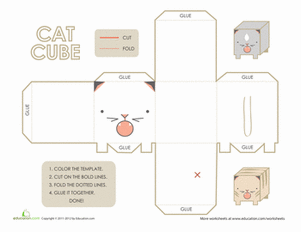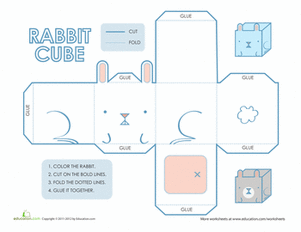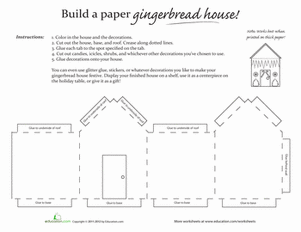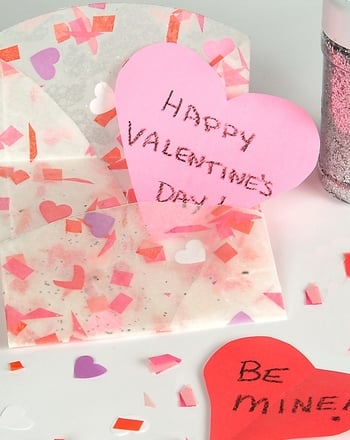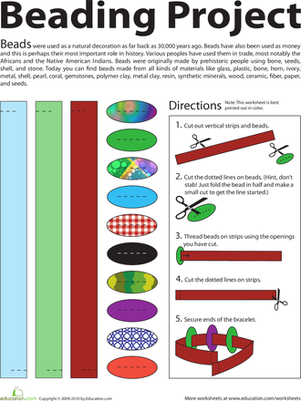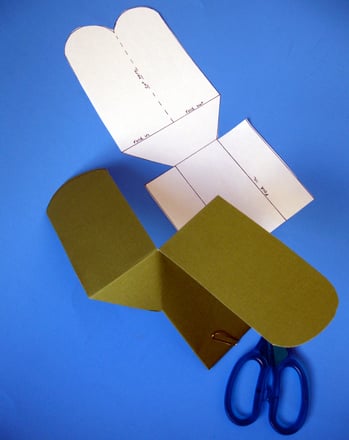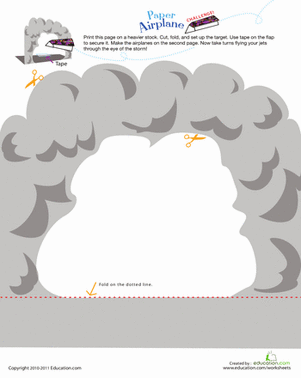Science project
Bleeding Paper
Objective
What is the project about?
Exploring the relationship between acidic and basic compounds.
What are the goals?
- To understand the relationship between acidic, basic, and neutral pH compounds.
- To identify acidic, basic, and neutral pH items in our homes and every day lives.
Materials and Equipment / Ingredients
- Goldenrod Paper
- Cotton balls or Q-tips
- Household ammonia and water mixture
- Plain water
- Vinegar, lemon juice, or citrus slices
- Safety goggles and gloves
- Candle or crayon (white, yellow, or clear)
- Paper and pencil
- Optional: Camera to take pictures
Where can the materials be found?
Goldenrod Paper can be purchased at Office Max, Target, Walmart or online retailers. All other products can be purchased at drug stores, large discount stores, or grocery stores if they are not already on your shelves.
Introduction
Background information
Any item can be classified as an acid, a base, or a neutral substance with a special test- called a litmus test. In chemistry class this test ranks items on a scale from 0 to 14 (0 being the most acidic, 7 = neutral, 14 is the most basic). In this experiment we'll use special paper to help us identify whether an item is an acid or base. The paper is designed to turn red (and look like it is bleeding!) when a very basic substance touches it. It will also turn back to yellow when something acidic touches it (when combined, acids and bases will neutralize each other). If you use a stronger base you will need a strong acid to get the paper back to yellow (neutral).

Research Questions
- What items are acidic?
- What items are basic?
- Did you find any neutral substances (had no effect on the goldenrod paper)?
- What was your strongest base (turned very red right away)?
- What was your strongest acid (returned the paper to yellow right away)?
- BONUS: If you let your paper sit for awhile, why does it slowly turn back to yellow again? (ANSWER: The CO2 in our air is slightly acidic!)
Terms, Concepts and Questions to Start Background Research
pH - A scale of 0 to 14 that measures whether a substance is an acid, neutral, or basic compound (it actually measures the Hydrogen ion concentration).
Litmus Test - A paper that changes color in accordance with the pH of a test substance.
Acid - 0 to 7 on the pH scale, typically sour substances
Basic - 7 to 14 on the pH scale, typically bitter and feel slippery
Neutral - 7 on the pH scale, little taste
Experimental Procedure
- Gather all materials.
- Use the white, yellow, or clear candle or crayon to write a secret message.
- Put on safety goggles and gloves. Lay goldenrod paper on a waterproof surface or on newspaper.
- Separate the substances to be tested based on your best guess at which are bases (bitter), acids (sour), and neutral (little taste).
- Make a list of all items you will test and leave room to make notes next to each name.
- Begin by coating a cotton ball or Q-tip in a suspected base and painting it on the goldenrod paper. On your piece of paper, write down what change you see to the paper (none, pink, red, very red).
- Let the paper dry for a minute or two. Take pictures of items next to the paper (orange slices, or a ketchup bottle) to record your results for the science fair.
- Select your first acid to test. Coat the cotton ball or Q-tip in the acid and paint it on the goldenrod paper. In your chart, write down what change you see to the paper (none, red begins to disappear, returns to yellow).
- Continue switching between basic and acidic items until you run out of items to test. At any point where the paper is yellow, try a neutral substance and record the reaction.
- At the end, examine your notes and make a list of the most basic items you tested (very red) and the most acidic items you tested (return the page to yellow). Line up the tested items in this order and take a picture for your science fair display!
- Clean up all items and then remove safety goggles and gloves.
Hint: Some common bases are toothpaste, egg whites, and dishwashing liquid. Some common household acids are vinegar, citrus fruit, and ketchup. A very common neutral substance is water!
Bibliography
Education.com provides the Science Fair Project Ideas for informational purposes only. Education.com does not make any guarantee or representation regarding the Science Fair Project Ideas and is not responsible or liable for any loss or damage, directly or indirectly, caused by your use of such information. By accessing the Science Fair Project Ideas, you waive and renounce any claims against Education.com that arise thereof. In addition, your access to Education.com's website and Science Fair Project Ideas is covered by Education.com's Privacy Policy and site Terms of Use, which include limitations on Education.com's liability.
Warning is hereby given that not all Project Ideas are appropriate for all individuals or in all circumstances. Implementation of any Science Project Idea should be undertaken only in appropriate settings and with appropriate parental or other supervision. Reading and following the safety precautions of all materials used in a project is the sole responsibility of each individual. For further information, consult your state's handbook of Science Safety.



